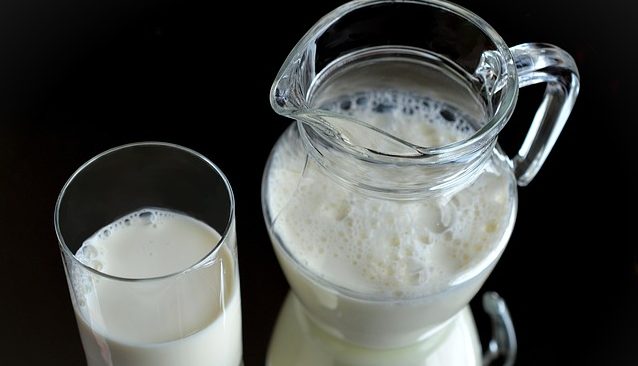
Kate writes:
“I am a [lacto]vegetarian, and I make sure to get 3 servings of dairy every day. However, I still technically fall short of the recommended amount of calcium. I have a conspiracy theory that the dairy industry has undue influence on the [USDA], and that the calcium requirements are higher than they need to be. I am interested in hearing your thoughts on how accurate the RDA for calcium is, and any tips for getting the needed level on a vegan or vegetarian diet (without resorting to supplements or fortified foods).”
I can see how Kate gets there. The USDA is the government agency responsible for generating our nutrition guidelines. But it is also the government agency responsible for promoting the welfare of our nation’s dairy farmers. Is it possible that the desire to promote milk consumption has prompted the USDA to inflate the recommended amount of calcium? Sure. Weirder things have happened.
But having read through (some of) the scientific documentation for our dietary recommendations, I can assure you that they are not written by dairy farmers. These are nutrition geeks to the nth degree, hashing out issues such as urinary losses, intestinal absorption rates, insensible losses, nutrient interactions, risk profiles, and everything else you can think of.
That said, nutrient needs for various populations are determined in the context of the prevailing diet and lifestyle. It is possible that calcium requirements may be higher for those consuming a typical Western diet than they are in developing nations.
For insight, we can step outside the USDA and look at a more global picture. The World Health Organization compiles and compares the work of nutrition geeks from all over the world. Here’s an interesting table from a their 2004 report on Vitamin and Mineral Requirements in Human Nutrition (sure to be this summer’s hot beach read.)

You can see that the recommendations are somewhat higher in the US than other largely Caucasian Western countries. However, the WHO reviewers point out that the lower numbers from the United Kingdom and Australia do not take into account insensible losses and that the British and European values make no allowance for aging or menopause. (Maybe our geeks are more thorough than their geeks?)
The WHO report goes on to note that other factors, such as race, geography, lifestyle and diet composition may also affect calcium requirements. Specifically, calcium requirements may be lower in diets that are lower in animal protein and sodium.
But why do we care so much about calcium in the first place? Primarily because of bone health. And surprisingly enough, higher protein diets actually appear to promote healthier bones. Go figure.
The bottom line? Nutrition is not an exact science. Getting 1000 mg of calcium per day doesn’t guarantee that you’ll never have osteoporosis, and getting 800 mg per day doesn’t guarantee that you will. In fact, I think our focus on calcium tends to obscure all the other dietary and lifestyle factors that add up to healthy bones.
